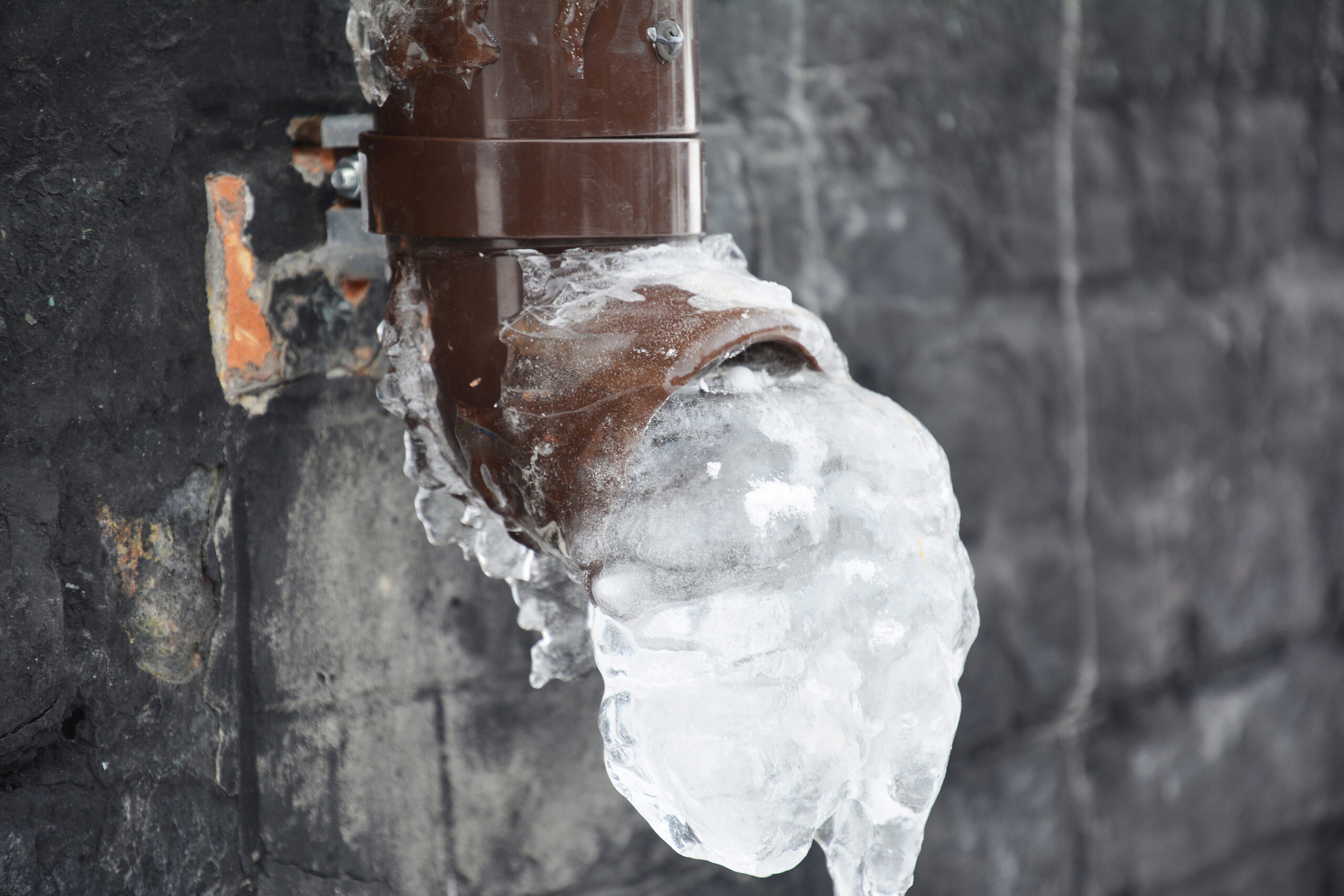Protecting Against Frozen Plumbing: Best Strategies for Cold Weather
Protecting Against Frozen Plumbing: Best Strategies for Cold Weather
Blog Article
We have noticed this article involving Helpful Tips to Prevent Frozen Pipes this Winter down the page on the net and believe it made perfect sense to quickly share it with you over here.

Winter can damage your pipes, specifically by freezing pipes. Here's just how to stop it from occurring and what to do if it does.
Intro
As temperatures decline, the danger of icy pipelines increases, possibly leading to pricey fixings and water damages. Understanding exactly how to prevent frozen pipes is critical for property owners in chilly environments.
Understanding Icy Pipes
What causes pipes to freeze?
Pipes freeze when revealed to temperatures listed below 32 ° F (0 ° C) for expanded periods. As water inside the pipes freezes, it expands, taxing the pipeline wall surfaces and potentially causing them to rupture.
Dangers and damages
Icy pipelines can cause water interruptions, building damages, and costly repair services. Ruptured pipelines can flooding homes and create considerable architectural damages.
Signs of Frozen Pipes
Determining frozen pipes early can prevent them from rupturing.
Exactly how to determine icy pipelines
Seek lowered water circulation from faucets, unusual smells or sounds from pipes, and noticeable frost on exposed pipelines.
Avoidance Tips
Protecting prone pipelines
Cover pipes in insulation sleeves or make use of warmth tape to shield them from freezing temperature levels. Concentrate on pipes in unheated or outside locations of the home.
Heating strategies
Maintain interior spaces sufficiently warmed, especially locations with plumbing. Open closet doors to enable cozy air to circulate around pipes under sinks.
Securing Exterior Plumbing
Garden tubes and outdoor taps
Disconnect and drain yard hoses before winter months. Install frost-proof faucets or cover exterior faucets with insulated caps.
What to Do If Your Pipelines Freeze
Immediate activities to take
If you think frozen pipelines, maintain faucets open to relieve pressure as the ice melts. Utilize a hairdryer or towels soaked in warm water to thaw pipelines slowly.
Long-Term Solutions
Architectural changes
Take into consideration rerouting pipelines far from outside walls or unheated areas. Include additional insulation to attic rooms, basements, and crawl spaces.
Upgrading insulation
Invest in top notch insulation for pipelines, attics, and walls. Correct insulation assists preserve regular temperature levels and lowers the danger of icy pipelines.
Conclusion
Stopping icy pipelines calls for proactive actions and fast reactions. By comprehending the reasons, indications, and safety nets, house owners can secure their plumbing throughout cold weather.
5 Ways to Prevent Frozen Pipes
Drain Outdoor Faucets and Disconnect Hoses
First, close the shut-off valve that controls the flow of water in the pipe to your outdoor faucet. Then, head outside to disconnect and drain your hose and open the outdoor faucet to allow the water to completely drain out of the line. Turn off the faucet when done. Finally, head back to the shut-off valve and drain the remaining water inside the pipe into a bucket or container. Additionally, if you have a home irrigation system, you should consider hiring an expert to clear the system of water each year.
Insulate Pipes
One of the best and most cost-effective methods for preventing frozen water pipes is to wrap your pipes with insulation. This is especially important for areas in your home that aren’t exposed to heat, such as an attic. We suggest using foam sleeves, which can typically be found at your local hardware store.
Keep Heat Running at 65
Your pipes are located inside your walls, and the temperature there is much colder than the rest of the house. To prevent your pipes from freezing, The Insurance Information Institute suggests that you keep your home heated to at least 65 degrees, even when traveling. You may want to invest in smart devices that can keep an eye on the temperature in your home while you’re away.
Leave Water Dripping
Moving water — even a small trickle — can prevent ice from forming inside your pipes. When freezing temps are imminent, start a drip of water from all faucets that serve exposed pipes. Leaving a few faucets running will also help relieve pressure inside the pipes and help prevent a rupture if the water inside freezes.
Open Cupboard Doors
Warm your kitchen and bathroom pipes by opening cupboards and vanities. You should also leave your interior doors ajar to help warm air circulate evenly throughout your home.

I stumbled upon that write up about Prevent Frozen Pipes while doing a search on the search engines. Do you know someone else who is inquisitive about the topic? Be sure share it. Many thanks for your time spent reading it.
Maintenance Sign-Up Report this page